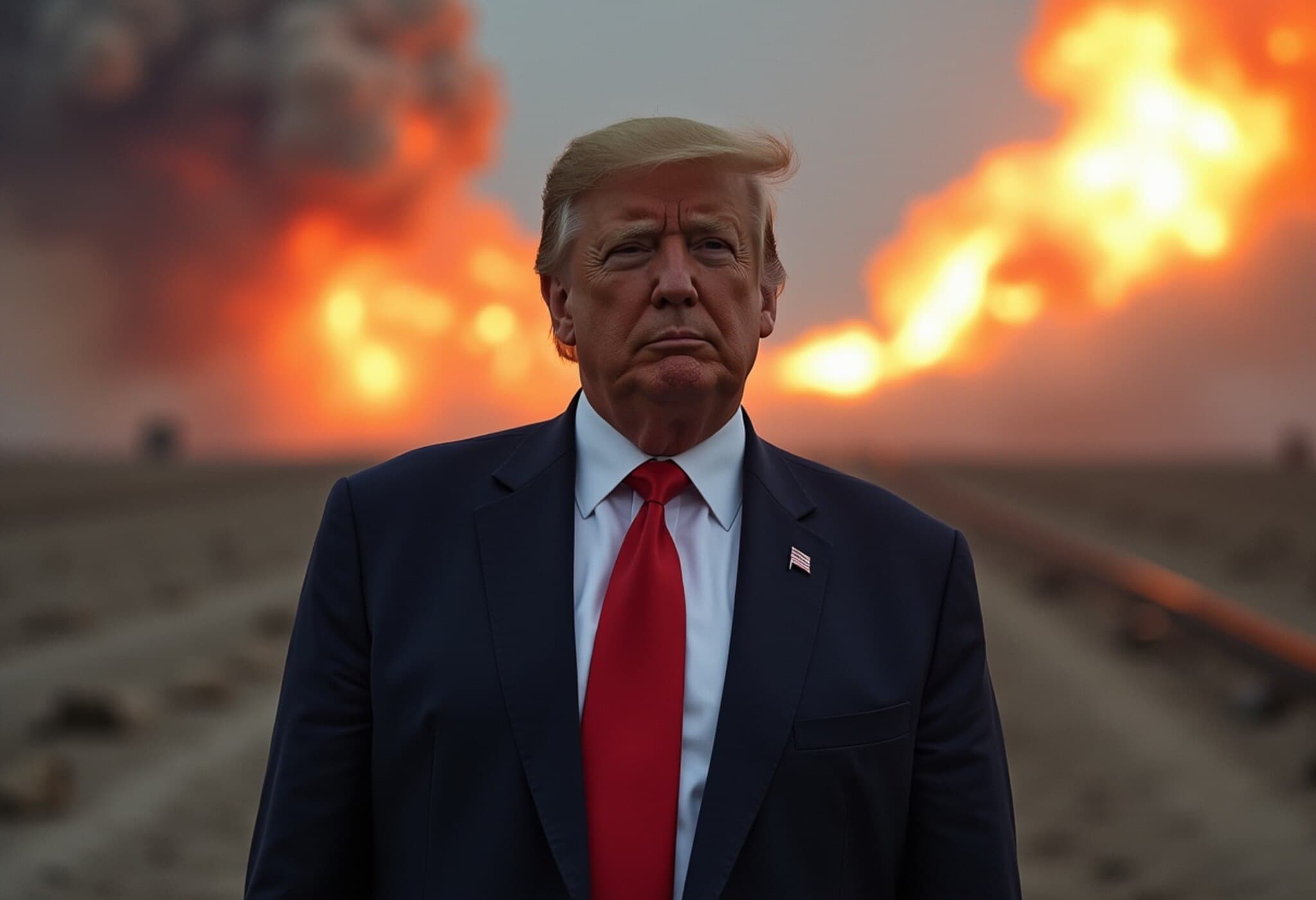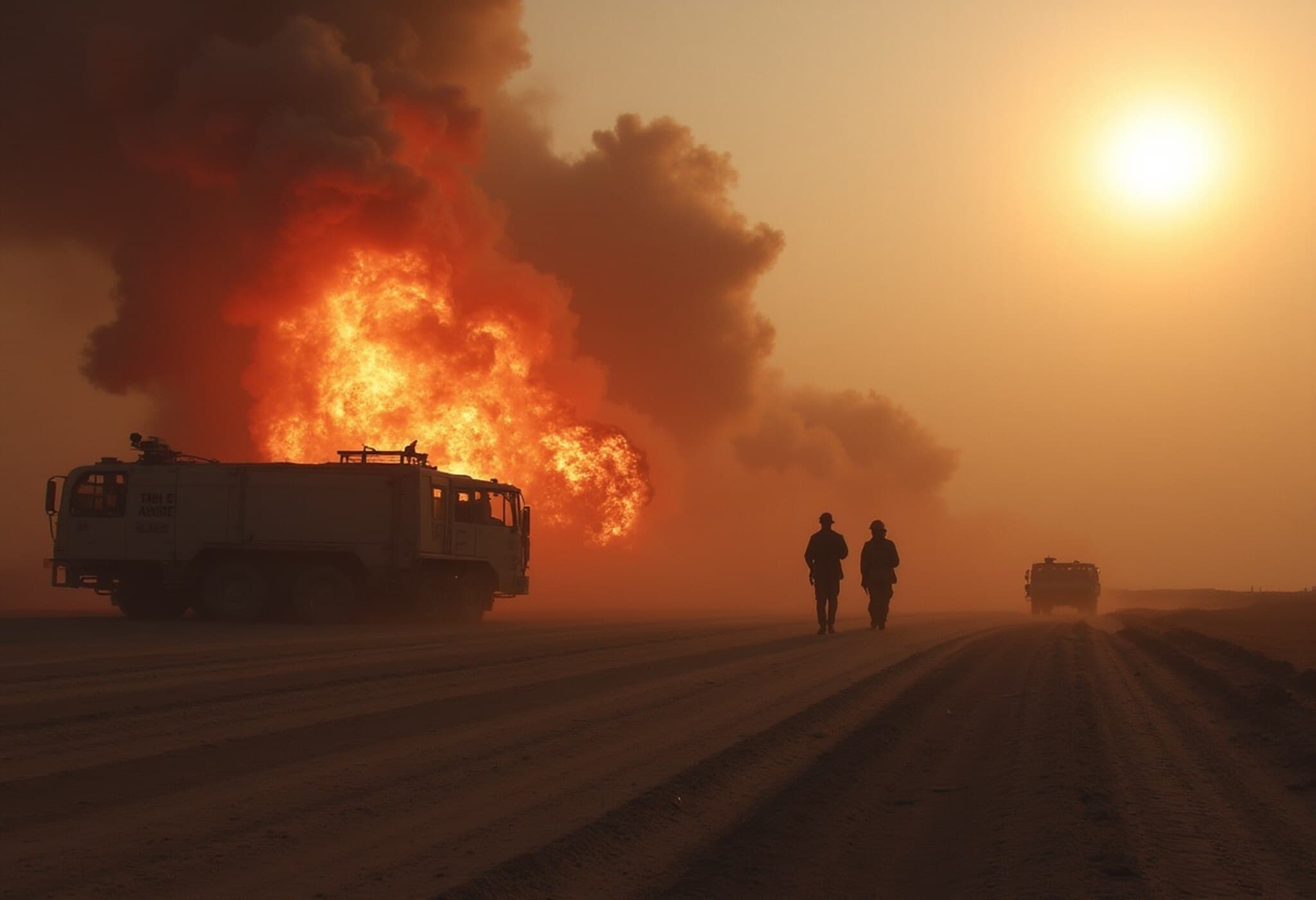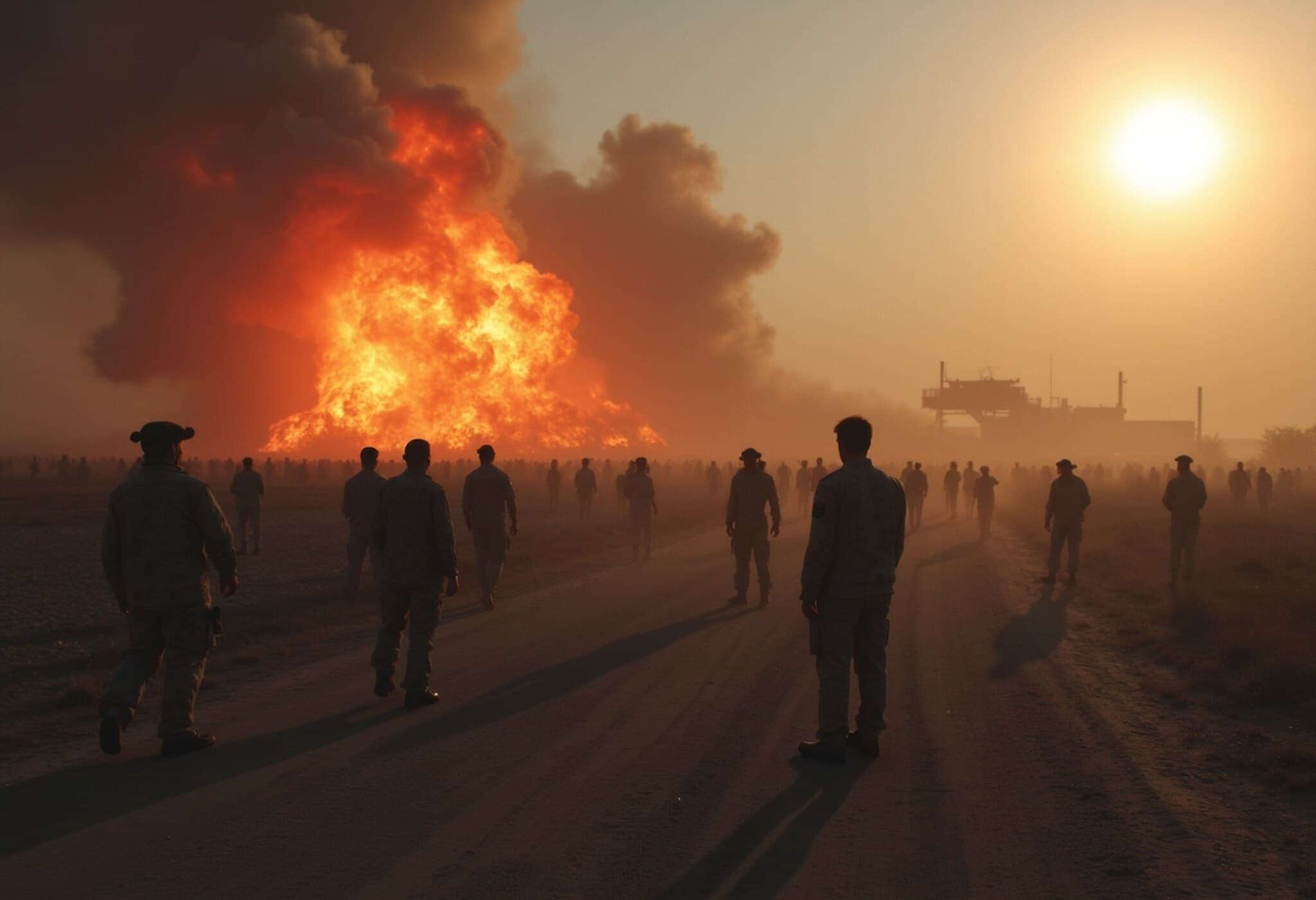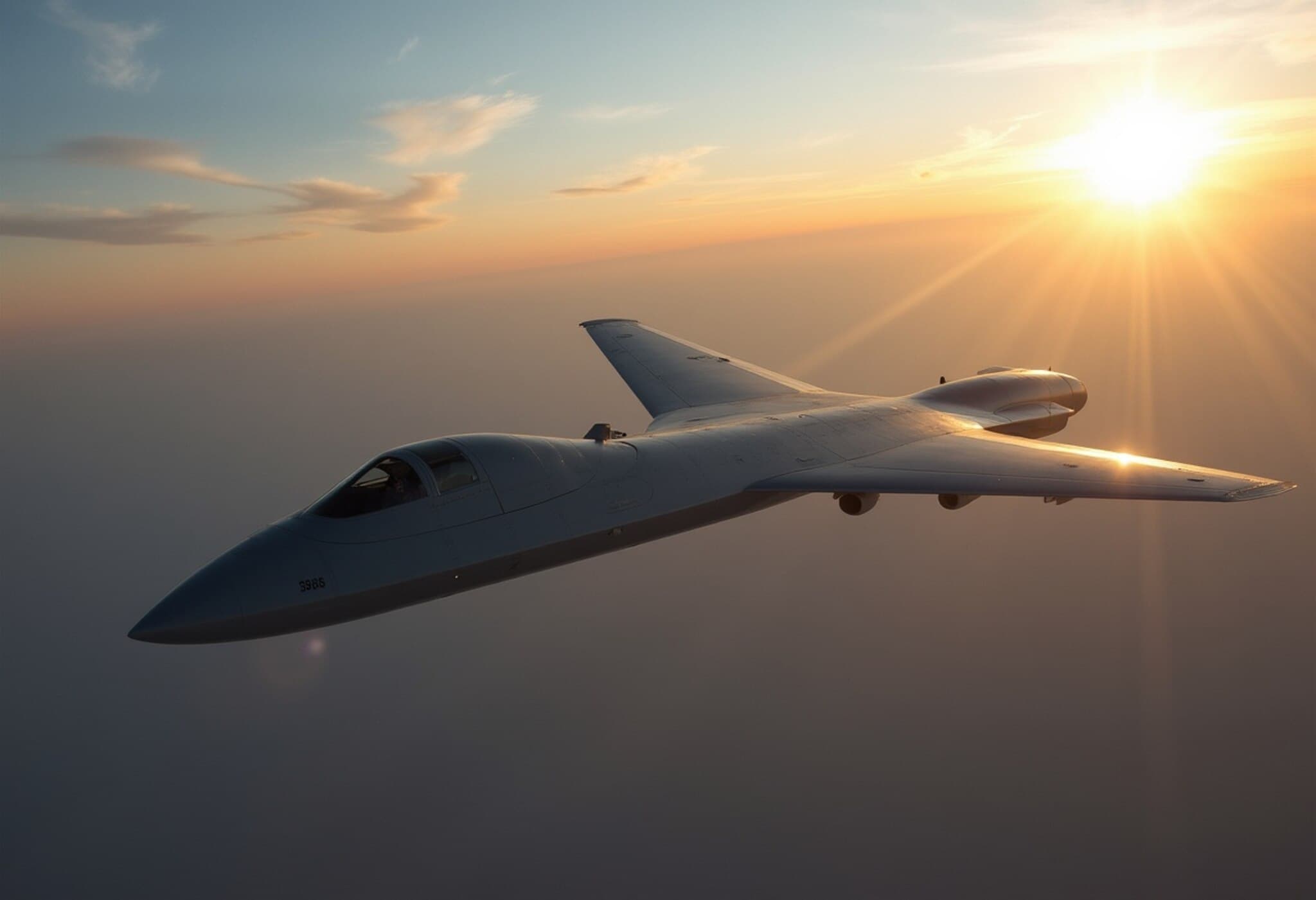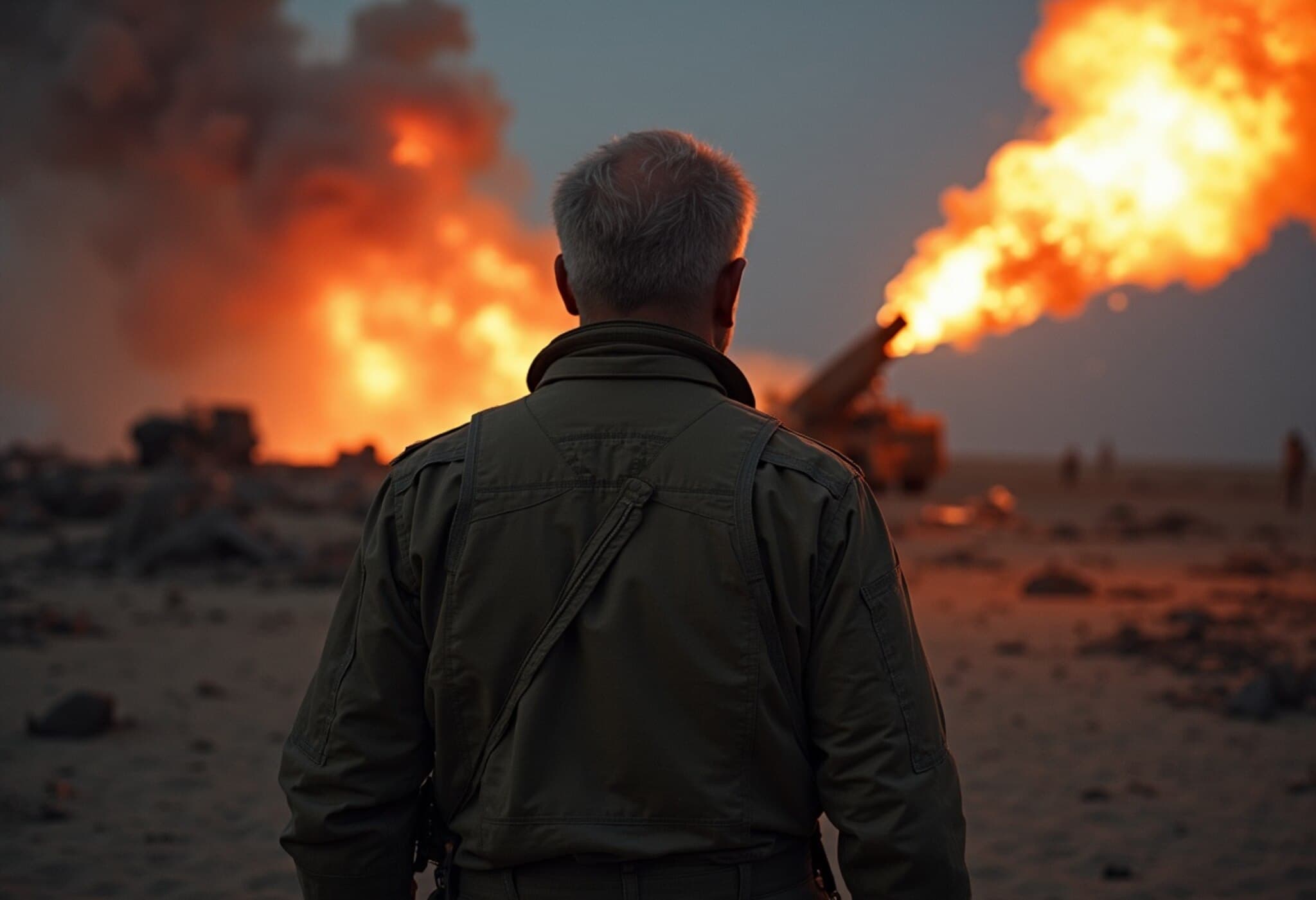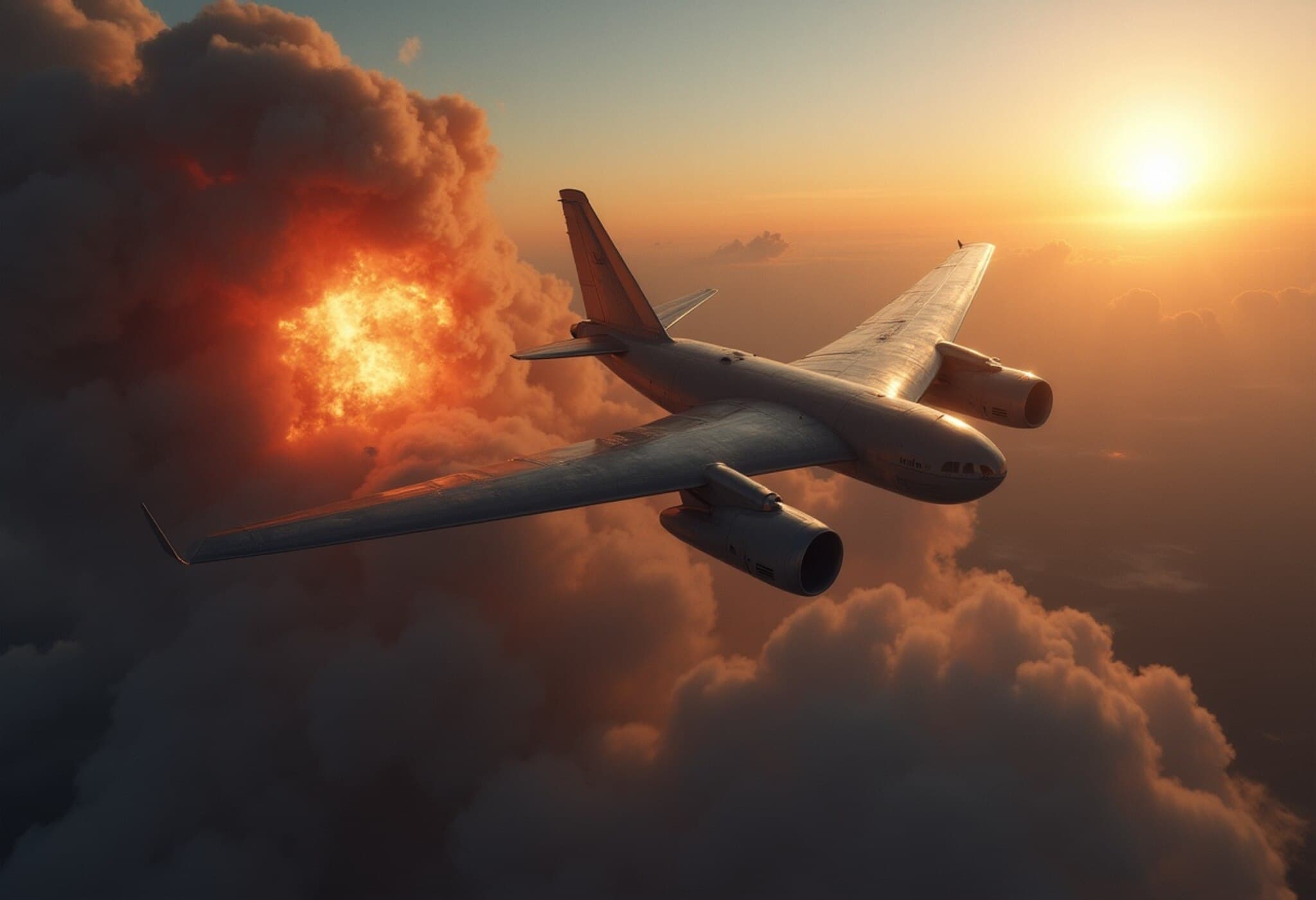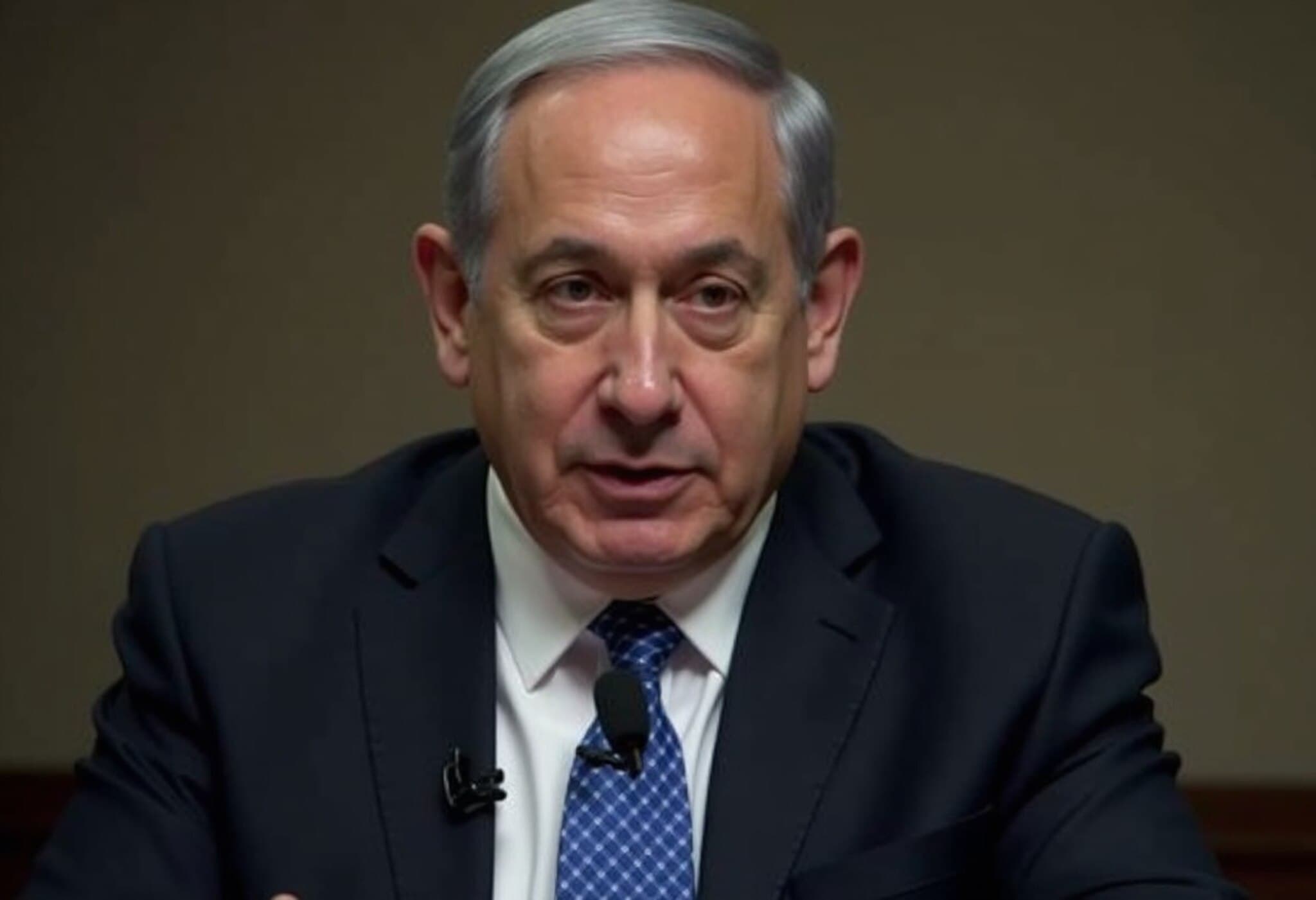Operation Midnight Hammer: A Strategic Blow to Iran’s Nuclear Ambitions
In a meticulously planned mission spanning over 18 hours of flight time, the United States successfully targeted and struck critical Iranian nuclear facilities, marking a significant escalation in the ongoing Middle East tensions. The operation reportedly "obliterated" key components of Iran's nuclear program, signaling a decisive moment in the region’s geopolitical landscape.
Mission Timeline: From Takeoff to Target
- June 21, 9:53 AM IST: B-2 stealth bombers depart Whiteman Air Force Base in the U.S., as tracked by aircraft monitoring systems.
- June 21, 11:11 AM IST: These bombers head toward Andersen Air Base in Guam, positioning themselves for the mission.
- June 21, 5:22 PM IST: Six B-2 bombers are confirmed en route to Guam.
- June 21, 10:05 PM IST: Despite movements, Pentagon officials deny issuing any strike orders at this stage.
- June 22, 4:30 AM IST: Iran’s Fordow nuclear facility comes under attack by the B-2 bombers.
- June 22, 5:20 AM IST: U.S. President Donald Trump publicly announces strikes on Fordow, Natanz, and Isfahan nuclear sites.
- June 22, 5:34 AM IST: Trump cites open-source intelligence confirming the destruction of the Fordow facility.
President’s Address: A Stark Warning to Iran
At 7:25 AM IST, President Trump addressed the nation, emphasizing the precision and scale of the strikes. He stated, "Iran's key nuclear enrichment facilities have been completely and totally obliterated." The President called Iran the "bully of the Middle East," urging the nation to pursue peace or face harsher retaliations ahead.
Trump continued, "If peace does not come quickly, we will go after other targets with precision, speed, and skill. Most can be neutralized within minutes." His remarks underscored the United States’ readiness for further action depending on Iran’s response.
Inside Operation Midnight Hammer: Tactical Mastery and Scale
U.S. Defense Secretary Pete Hegseth described the mission as the culmination of months of rigorous preparation involving deception and secrecy. The use of cutting-edge strategy and precision-guided weapons aimed to dismantle Iran's nuclear capabilities with surgical accuracy.
General Dan Caine, overseeing the operation, highlighted the flawless execution: "The air strikes were designed with precision and carried out without prior warning." Initial assessments indicate significant structural damage across all three targeted sites, though full evaluation of Iran's remaining nuclear capacity continues.
Key Operational Details
- A fleet of seven B-2 stealth bombers flew 18 hours with multiple aerial refuelings.
- At 5 PM EST, approximately 24 Tomahawk cruise missiles were launched from U.S. submarines targeting the Isfahan facility.
- By 6:40 PM EST, the lead B-2 bomber dropped 14 massive ordnance penetrators (MOPs) targeting Fordow.
- The entire strike operation, including aircraft ingress and egress into Iranian airspace, lasted roughly 20 minutes.
- Overall, over 125 military aircraft participated, combining stealth bombers, bomber-deployed bunker busters, and submarine-launched missile strikes.
What This Means for the Region
This operation places considerable pressure on Iran, escalating tensions in an already volatile Middle East. The message is clear: ongoing nuclear ambitions will not be tolerated, and the U.S. is prepared to take swift, decisive action to neutralize perceived threats.
As officials continue to assess the damage and potential fallout, the international community watches closely. The implications for security, diplomacy, and future military engagements remain profound.










